Lunokhod 1 Moon Rover
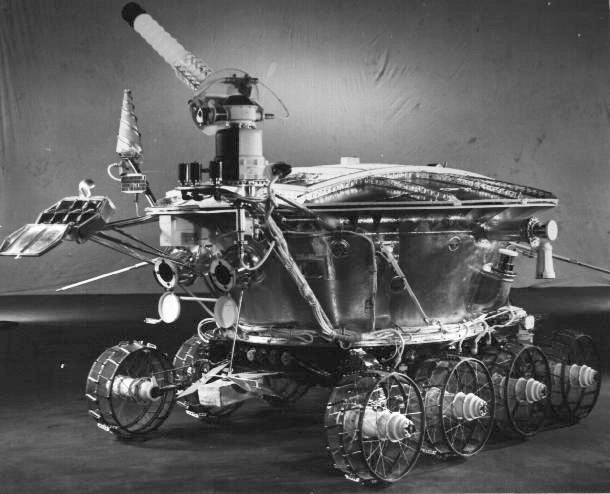
On November 17, 1970 the Soviet Luna 17 spacecraft landed the first roving remote-controlled robot on the Moon. Known as Lunokhod 1, it weighed just under 2,000 pounds and was designed to operate for 90 days while guided by a 5-person team on planet Earth at the Deep Space Center near Moscow, USSR. Lunokhod 1 actually toured the lunar Mare Imbrium (Sea of Rains) for 11 months in one of the greatest successes of the Soviet lunar exploration program.
NASA's First Lunar Rover
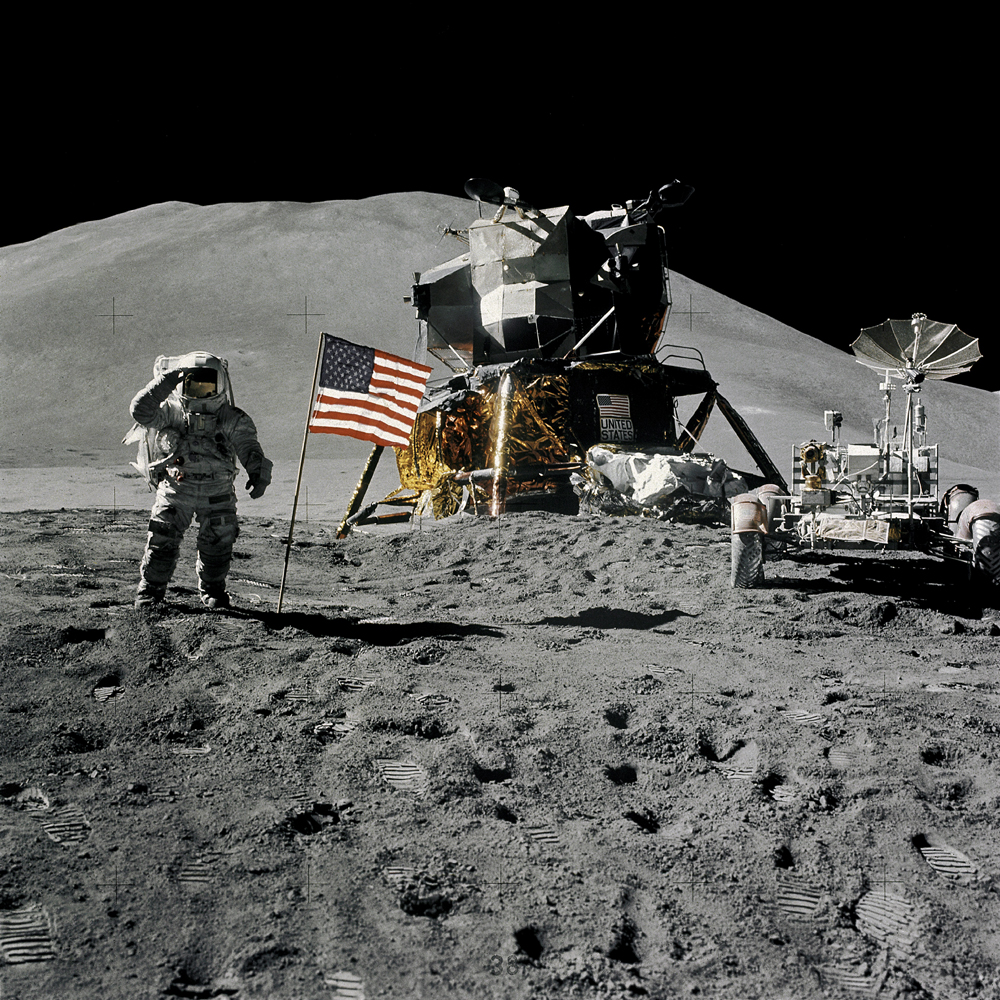
Astronaut James B. Irwin, lunar module pilot, during the Apollo 15 lunar surface extravehicular activity (EVA) on August 1, 1971, at the Hadley-Apennine landing site. The first Lunar Roving Vehicle (LRV) on the moon, stands to the right.
Rove On
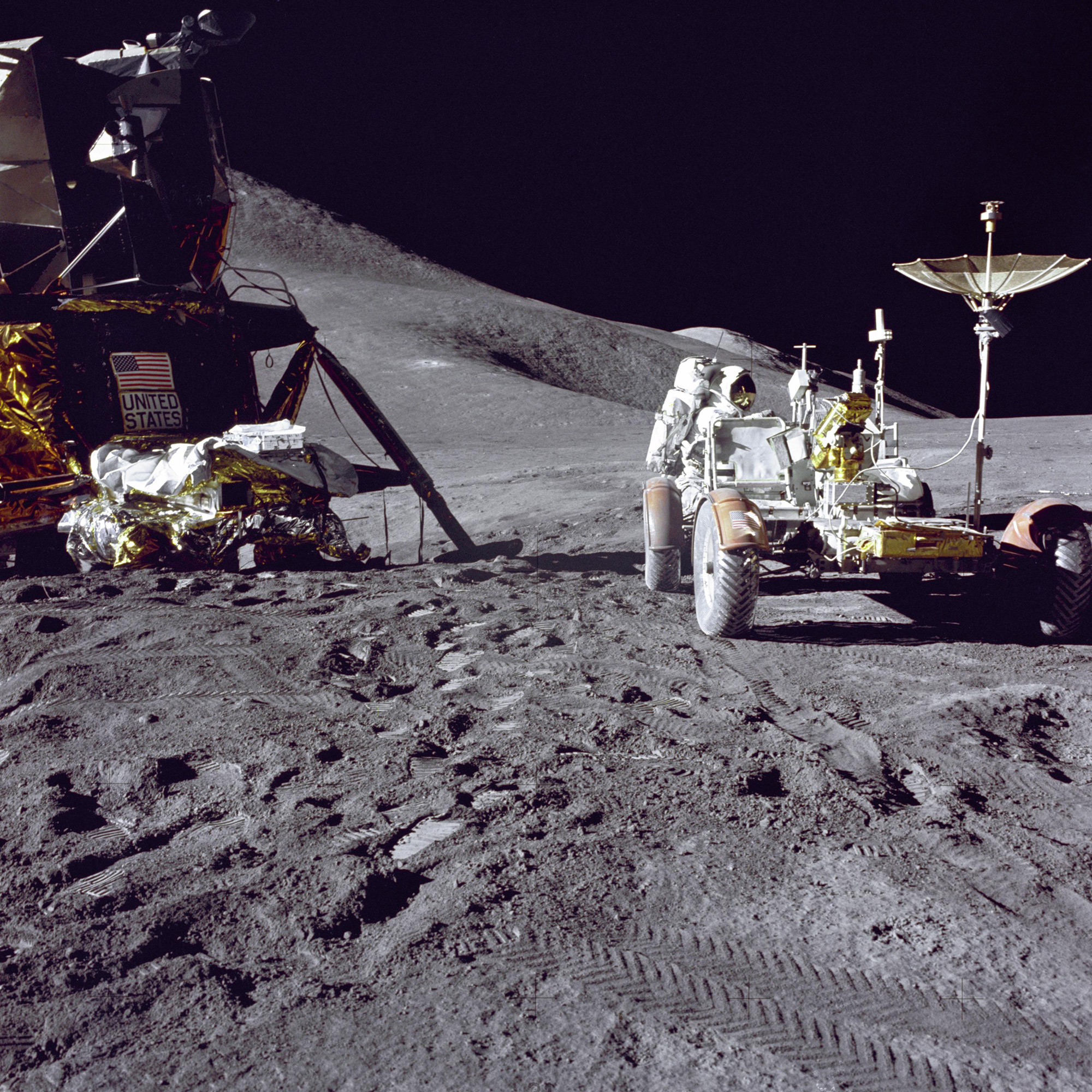
Apollo 15 launched on July 26, 1971. In this photograph, Apollo 15 lunar module pilot Jim Irwin loads the lunar rover with gear in preparation for the first lunar spacewalk at the Hadley-Apennine landing site. The lunar module "Falcon"stands at the left in this image. The undeployed Laser Ranging Retro-Reflector lies on top of Falcon's Modular Equipment Stowage Assembly.
Lunar Rover Stands Alone
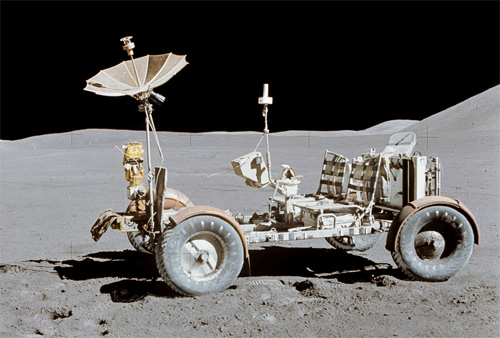
Apollo 15 Commander Dave Scott photographed the Lunar Rover at the end of the last EVA.
Apollo 17 Lunar Rover Drive
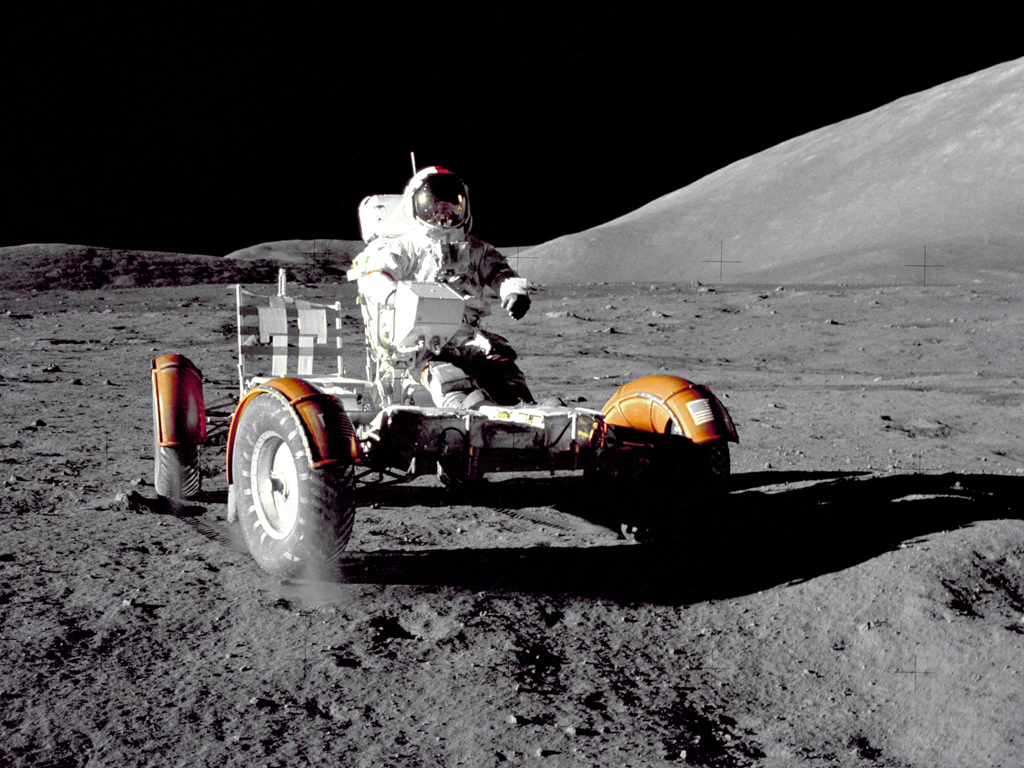
Apollo 17 mission commander Eugene A. Cernan makes a short checkout of the Lunar Roving Vehicle during the early part of the first Apollo 17 extravehicular activity at the Taurus-Littrow landing site in 1972.
Lunokhod 2 Moon Rover
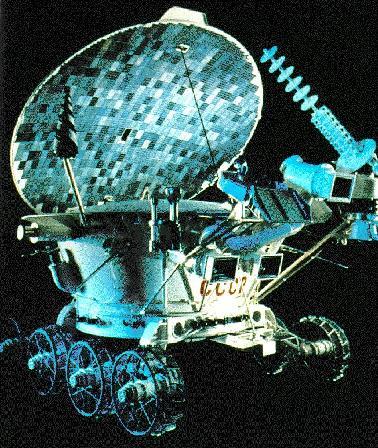
The Soviet Union's remote-controlled Lunokhod 2 moon rover traveled 23 miles (37 kilometers) across the lunar surface in 1973 — still the record for greatest distance traveled on the surface of another world.
Rover Lunokhod
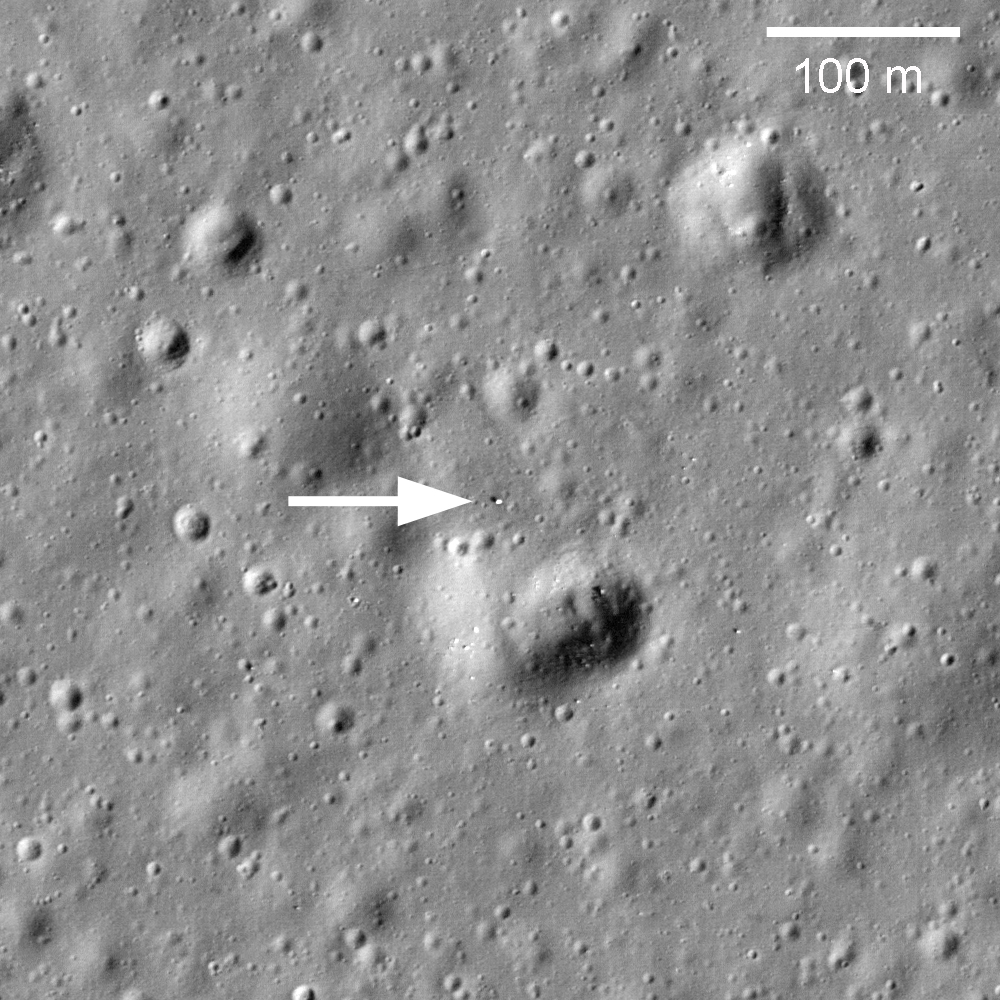
NASA's LRO recently discovered the Russian Robotic rover Lunokhod 1 that landed on the moon in 1970 and vanished from detection in September 1971.
Get the Space.com Newsletter
Breaking space news, the latest updates on rocket launches, skywatching events and more!
Deep Space 1's Comet Flyby
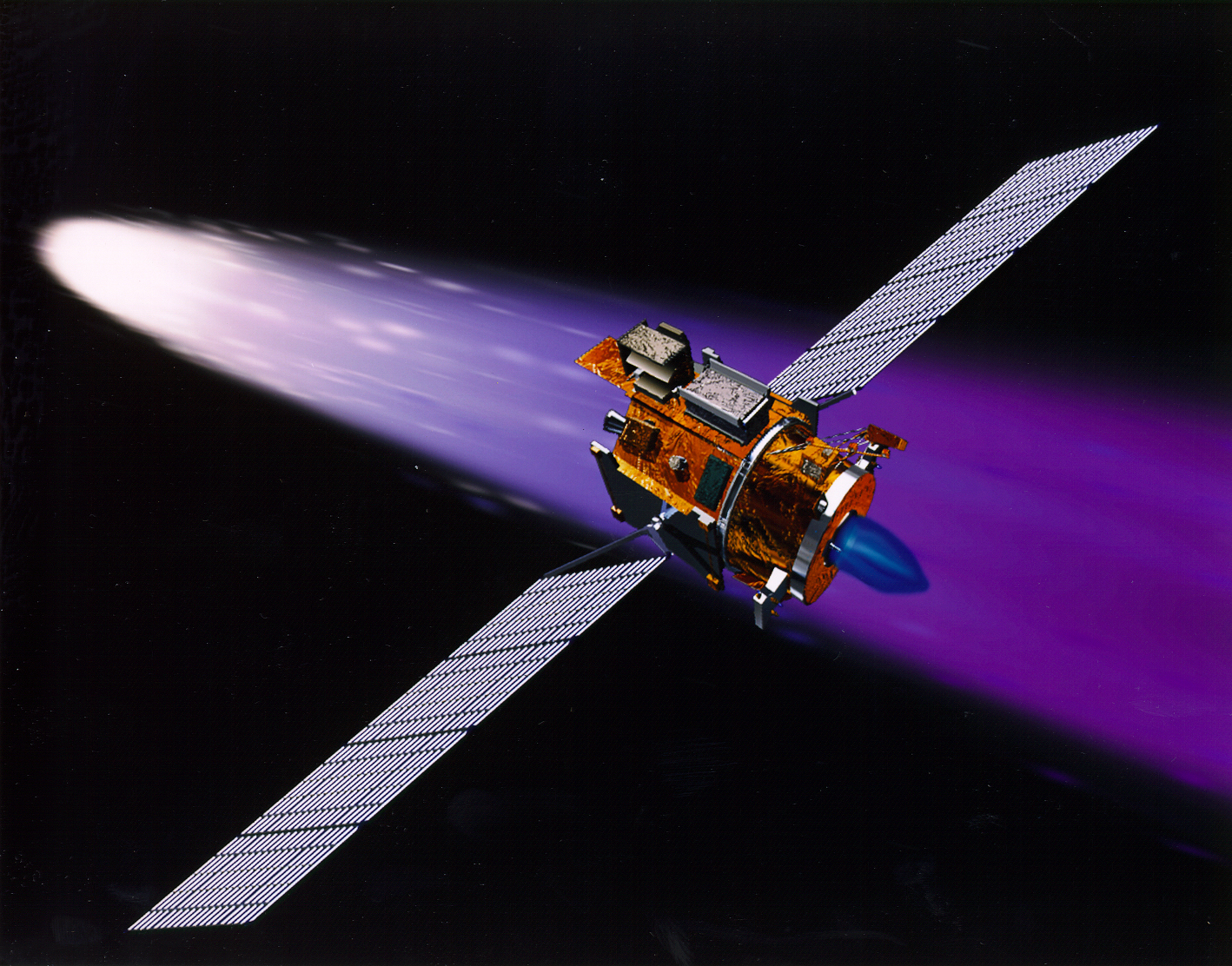
Artist's concept of NASA's Deep Space 1 probe approaching Comet 19P/Borrelly in September 2001. Deep Space 1, which launched in 1998, was the first NASA craft to use electric propulsion beyond Earth orbit.
Deep Space 1 in Cleanroom
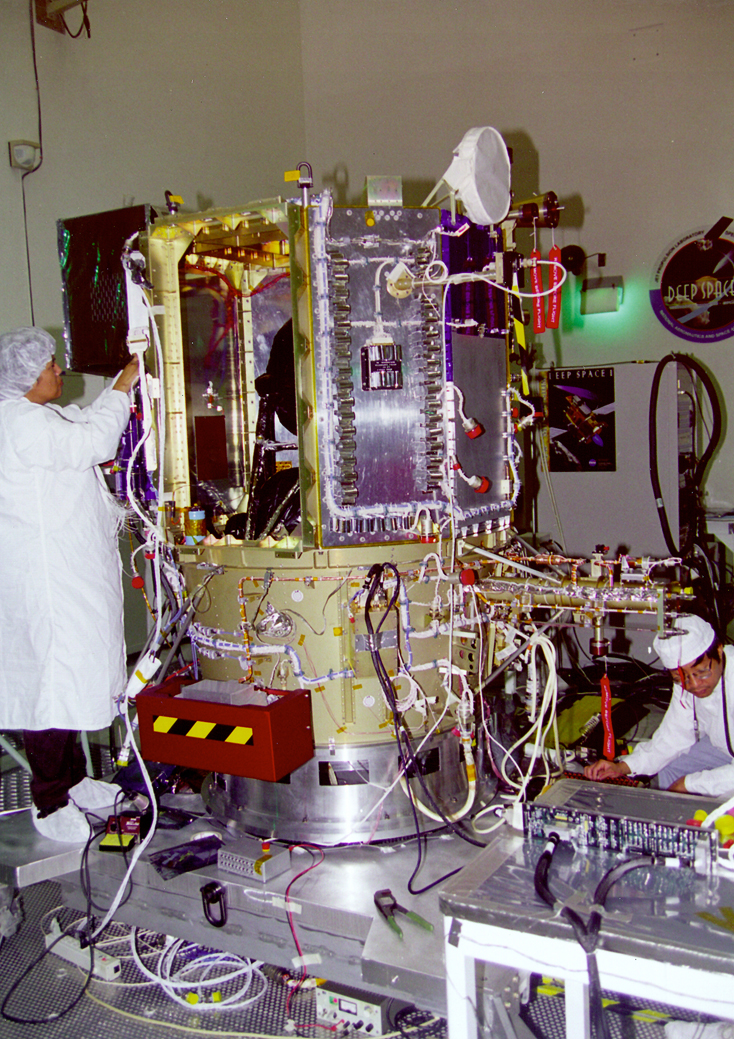
Deep Space 1, the first spacecraft to use ion propulsion as its main engine beyond Earth orbit, being assembled.
NASA's Sojourner Mars Rover
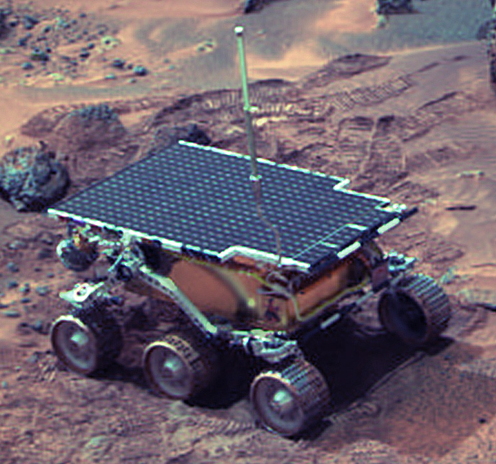
NASA's 25-pound Sojourner Mars rover covered about 330 feet (100 meters) over 83 days on the Red Planet in 1997.
Spirit and Opportunity Mars Rovers

NASA's twin golf-cart-size rovers Spirit and Opportunity touched down on Mars in January 2004.
Join our Space Forums to keep talking space on the latest missions, night sky and more! And if you have a news tip, correction or comment, let us know at: community@space.com.

Michael Wall is a Senior Space Writer with Space.com and joined the team in 2010. He primarily covers exoplanets, spaceflight and military space, but has been known to dabble in the space art beat. His book about the search for alien life, "Out There," was published on Nov. 13, 2018. Before becoming a science writer, Michael worked as a herpetologist and wildlife biologist. He has a Ph.D. in evolutionary biology from the University of Sydney, Australia, a bachelor's degree from the University of Arizona, and a graduate certificate in science writing from the University of California, Santa Cruz. To find out what his latest project is, you can follow Michael on Twitter.









